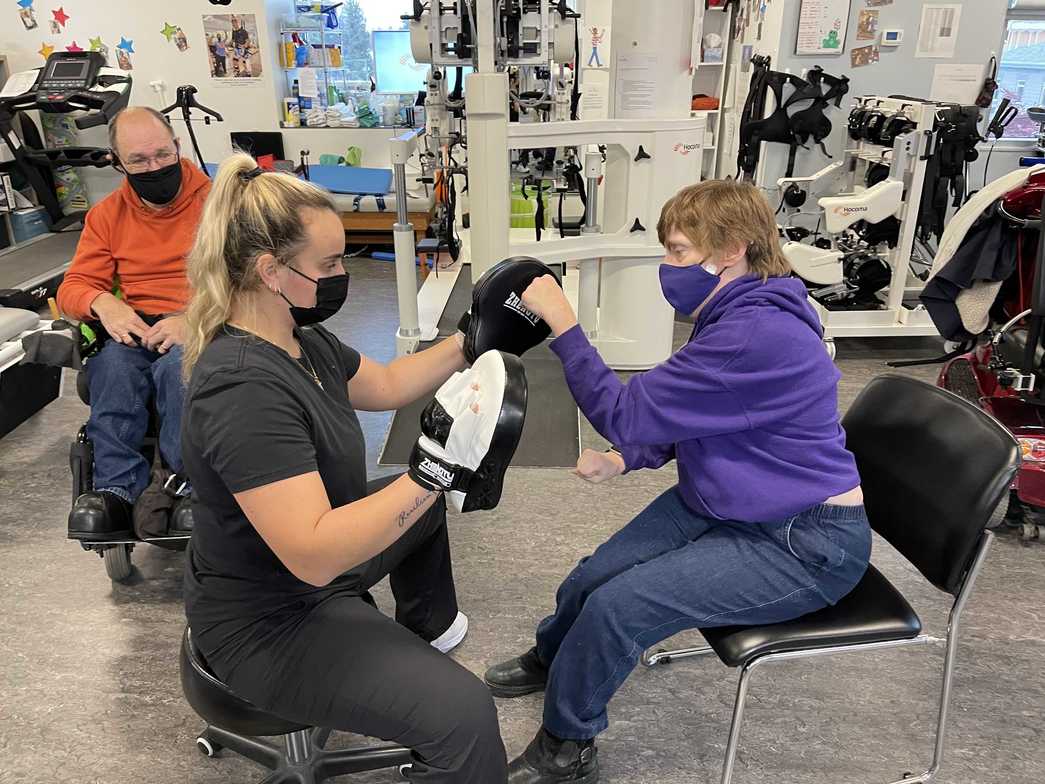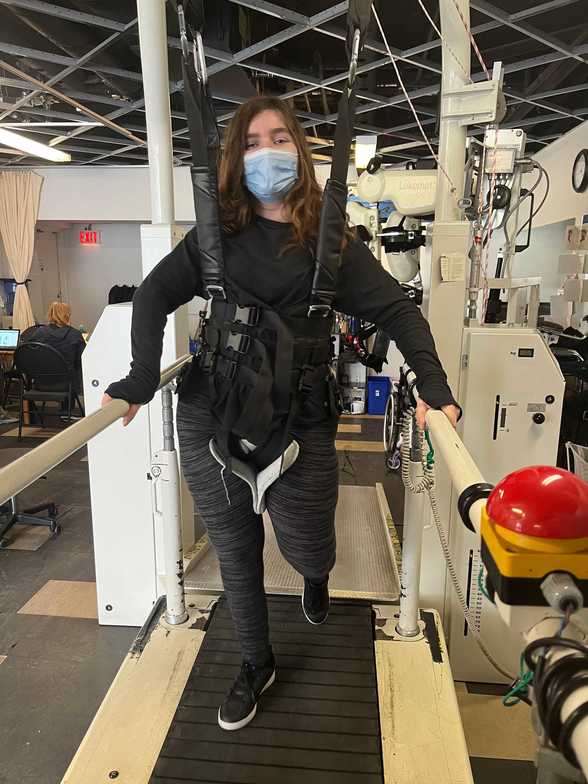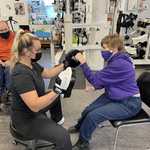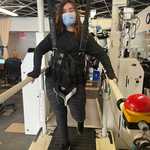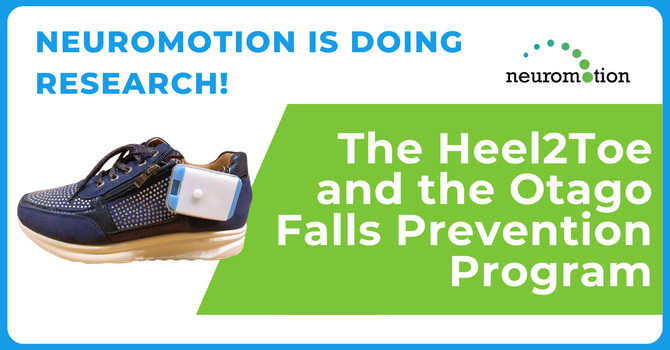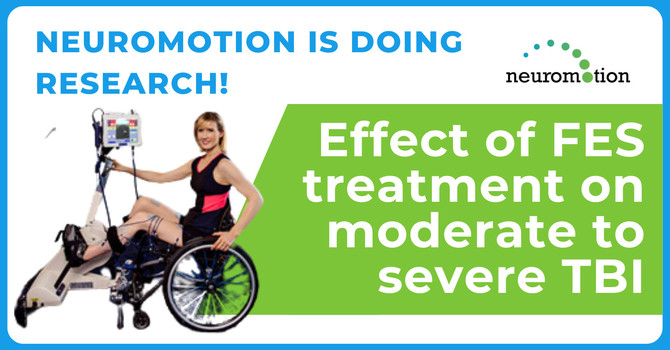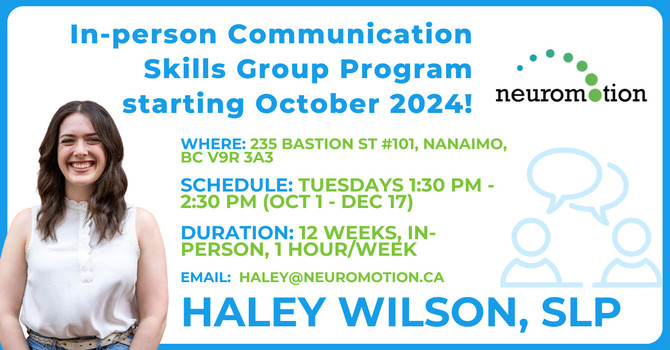These and many more questions are asked all the time–and often. I mean, cerebral palsy is the most common cause of physical disability in childhood. If you like numbers, it affects up to 3 infants per 1000 live births.
About:
Cerebral Palsy (CP) is a group of neurological disorders and disabilities that affects movement, balance, and posture. If you break up the words, cerebral has to do with the brain and palsy means weakness or lack of muscle control.
There is no one cause, but a combination of events before, during or after birth may lead to CP through an injury to the developing brain. As you can expect, these various causes can result in very different presentations or types of CP in both children and adults:
- Spastic: Stiff and tight muscles; most common
- Dyskinetic: Involuntary movements that is out of the individual’s control
- Ataxic: Shaky movements that affect balance and positioning in space
- Mixed: Combination of spastic, dyskinetic & ataxic
- Quadriplegia: Both arms and legs affected
- Diplegia: Both legs affected
- Hemiplegia: One side of body affected (arm and leg)
Just like how you and I are very different individuals, each person with CP is as well. So as you can guess, their symptoms can vary quite a bit between each other. One person with CP may need a specialized wheelchair because they cannot walk and need lifelong care. While on the other hand, another person might be able to walk a little awkwardly but be completely independent without the general population guessing they have CP.
Whether an individual with CP is a child or adult (yes, children with CP do grow older and no, you cannot develop CP later in life), the most commonly experienced symptoms include:
- Low tone
- Muscle spasms and stiffness
- Poor motor control
- Delayed motor development and milestones
- Pain
- Intellectual disability
- Inability to walk
- Hip displacement
- Inability to speak
- Epilepsy
- Incontinence
- Behavioural or sleep disorders
- Hearing deficits
- Vision impairment
- Seizures
- Cognitive disability
- ADHD
- Behavioral, emotional issues
- Feeding problems and nutritional deficiencies
- Gastric reflux
- Constipation
- Scoliosis
- Joint problems
- Sleep disorders
How we treat Cerebral Palsy at Neuromotion:
Here at Neuromotion, we support clients with CP from an interdisciplinary approach. This includes having access to physiotherapy, kinesiology, occupational therapy, speech-language pathology and counselling.
Movement difficulties, such as walking and functional mobility, are addressed with physiotherapy and kinesiology. Together, they help to build strength, optimise movement patterns and encourage participation in daily tasks (i.e. transfers, mobility) through various interventions, including resistance, balance and task-practice training, electrical stimulation, gait-retraining using overground, body weight-supported treadmill and Lokomat walking, and hydrotherapy. Alongside this, occupational therapy interventions address the needs of everyday tasks, such as feeding and dressing through fine-motor task practice and bimanual training, play therapy for physical development and skill acquisition, participation in cognitive learning activities and specialised equipment prescription or advice to support independence (i.e. walking frames, wheelchairs, car modifications and orthoses).
Speech pathology assists with the individual's communication skills – their understanding of what is being said, and how to use words and sentences. Speech pathologists assist with developing these skills and treatment also involves using augmentative or alternative communication systems, such as signing, communication boards and speech generating devices.
Another role they provide strategies and assist with is saliva control and swallowing. Important for the emotional and behavioural challenges faced, our counsellors provide both people with CP and their families with behaviour, and cognitive-behaviour therapies for appropriate regulation and other strengths-based counselling and support.
As a clinic, Neuromotion aims to holistically improve the overall well-being and quality of life for those with CP and encourage them to live well with their condition.
In addition to what we can provide as a clinic, sometimes adjunct supports and treatments are required to assist in improving the health and function of an individual with CP. Some will resolve a specific issue while others may maximise the benefits of the therapies we provide here.
Medication: used to control spastic movements,seizures, pain, and other symptoms or related conditions.
- Anti-cholinergics (uncontrolled body movements)
- Anti-convulsants (seizure medications)
- Anti-depressants (depression medications)
- Anti-spastic (muscle relaxers)
- Anti-inflammatories (pain management)
- Stool softeners
Surgery: to address mobility concerns, or managepain. Common surgeries include:
- Tendon or muscle release
- Hip dislocation repair
- Scoliosis surgery
Therapies: to improve physical, mental, social,and learning deficits, and reduce impairment and risk of developing other associated conditions.
- Physiotherapy
- Occupational therapy
- Diet & Nutrition
- Aquatic / Hydrotherapy
- Horse and animal therapy
- Music therapy
- Play therapy
- Behavioural therapy
- Speech / Language therapy
- Bowel program
There are aspects of daily life that present challenges for people living with CP, but that doesn’t mean you can’t carve out your own rich and fulfilling life. We want you to embrace life, but to do so, you have to also embrace acceptance of the condition, an optimistic attitude and support!
“My parents instilled in me a sense of self that I was more than just a diagnosis or a condition.”-- Zach Anner, American comedian with cerebral palsy
Sometimes, we just need a little bit of guidance to help us take bit more control of our own situations. To provide a starting point, here are some advice from us and other professionals for those living with CP.
1. Mobility & Fitness
- Consult your doctor or physiotherapist for your individual needs and physical limits
- Find an exercise program that suits you
- Set realistic goals and start slow
- Consider mobility aids to increase participation
- Seek assistance from a doctor or specialist to ensure nutrients and proteins needed to thrive are met
- Consider specialised diets, feeding techniques or food preparation
- Focus on early socialising, play time and learning
- Work on communication concerns (i.e. speech pathologist, assistive equipment / technology)
- Join local programs, clubs or interest groups
4. Transitioning to Adulthood
- Consider working, further education or skills training for life skill and fulfilment
- Consider different housing options; 24-hour care to independent apartments in assisted communities
If you have any questions, our friendly staff are available for a quick chat by phone or email!
That is all for now, ta!
Kevin Hua
Contact Me